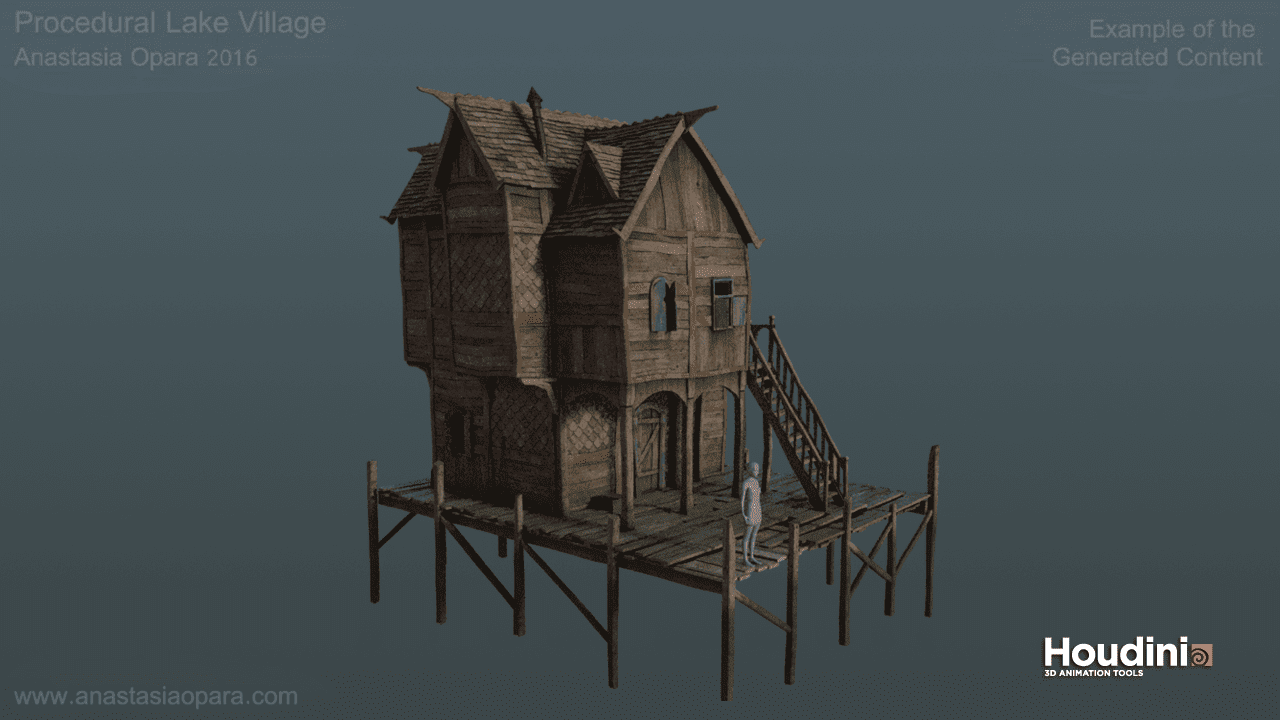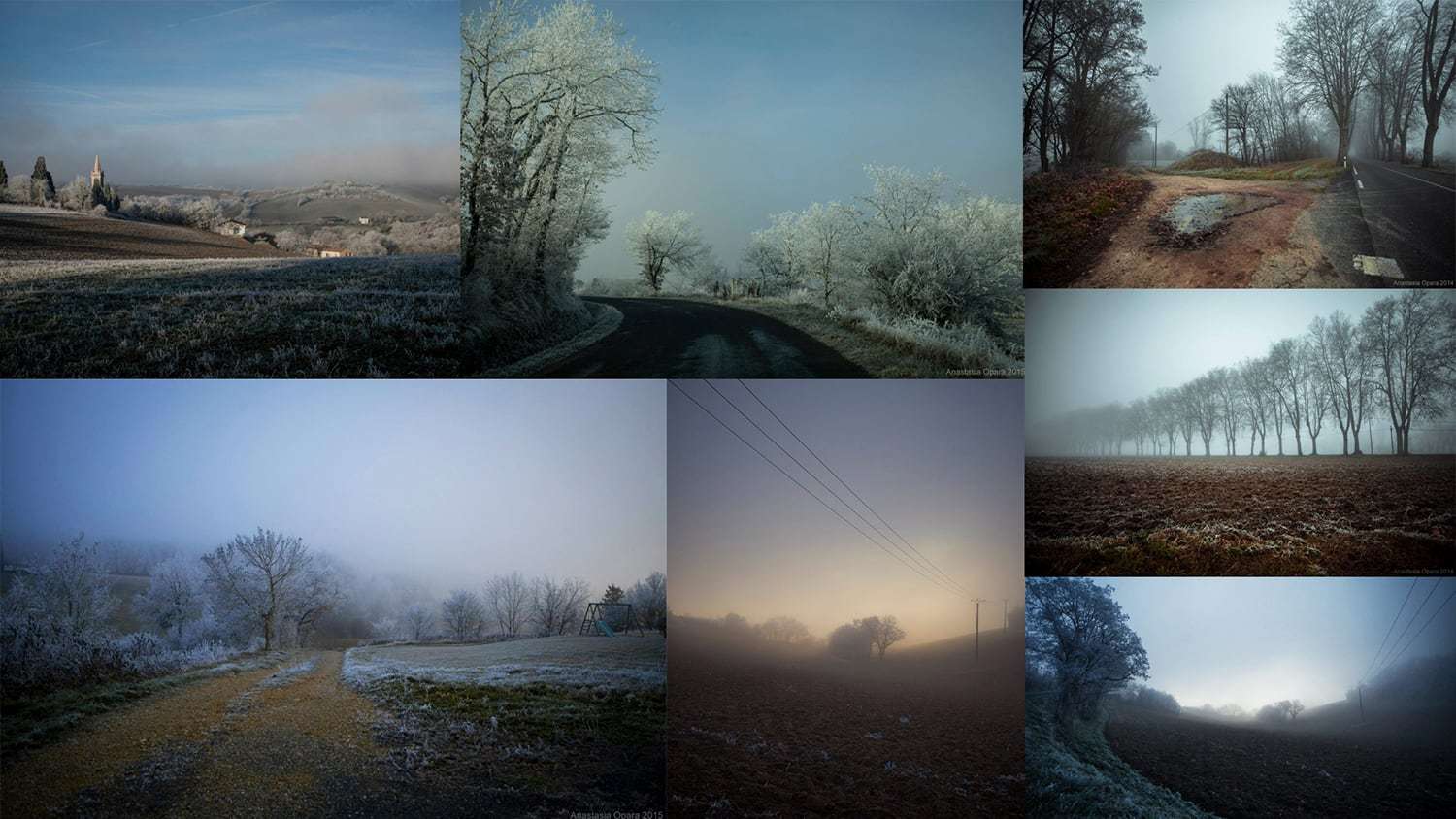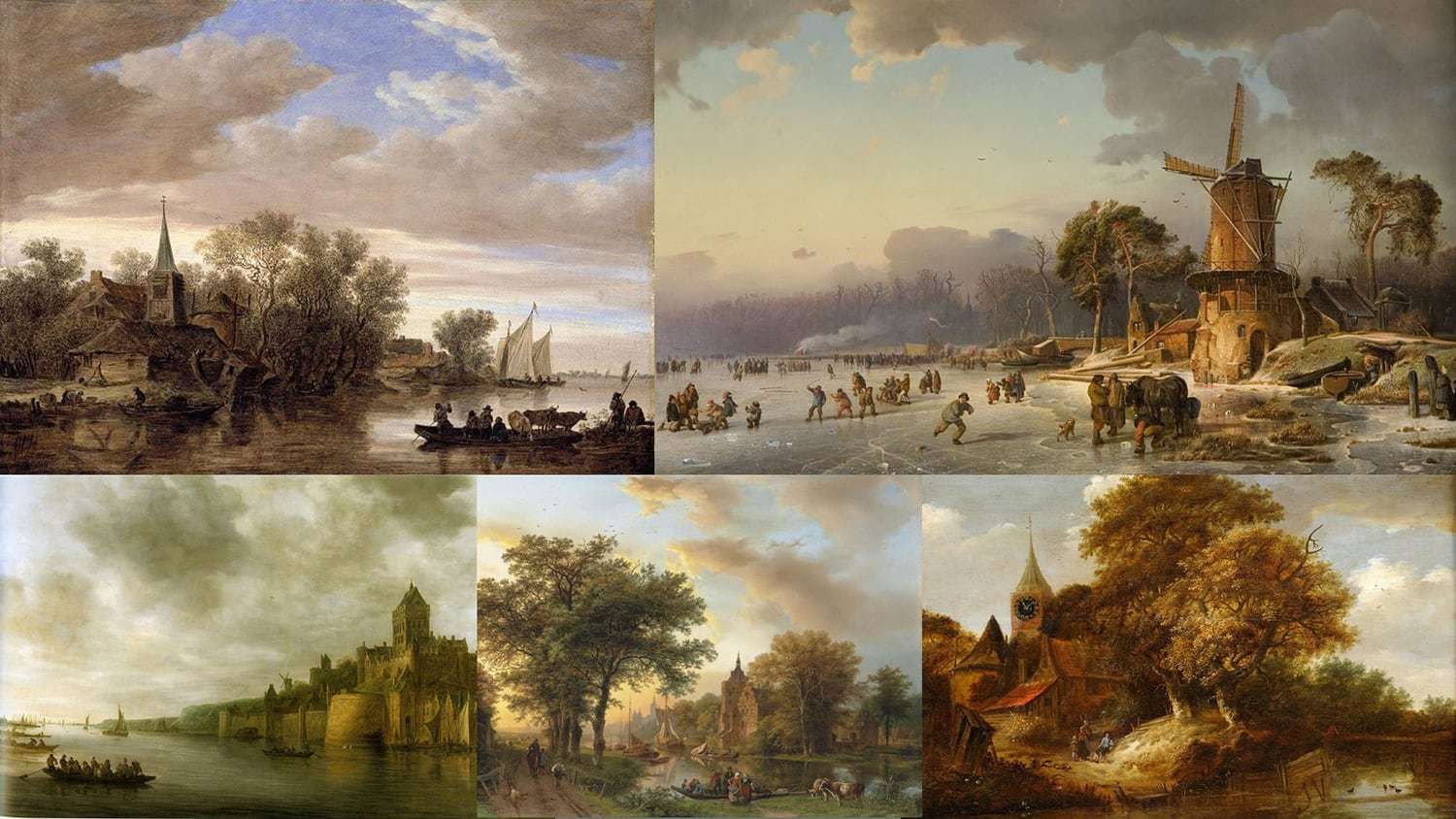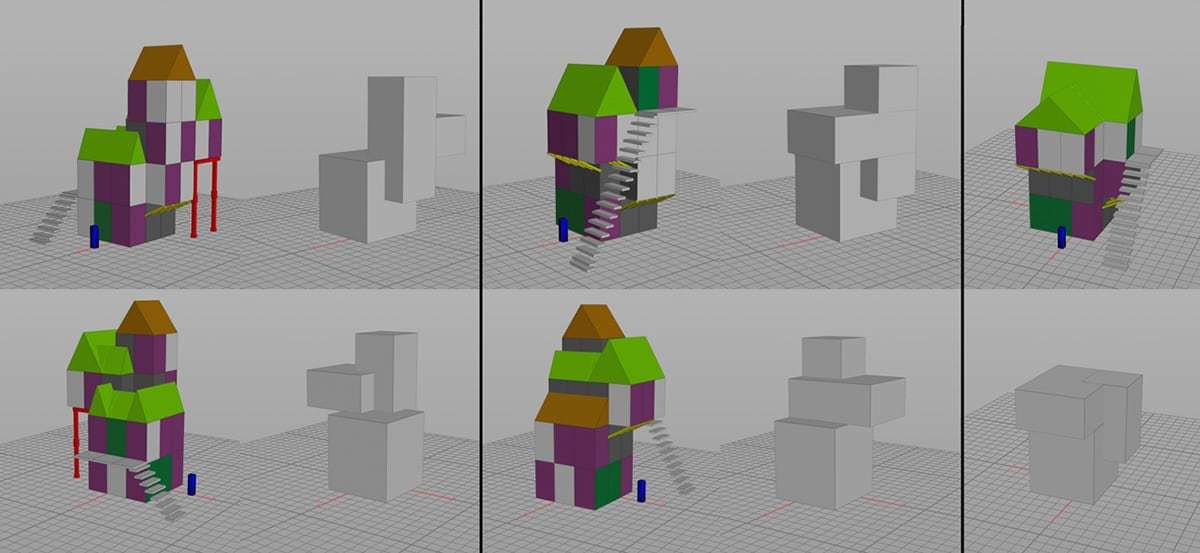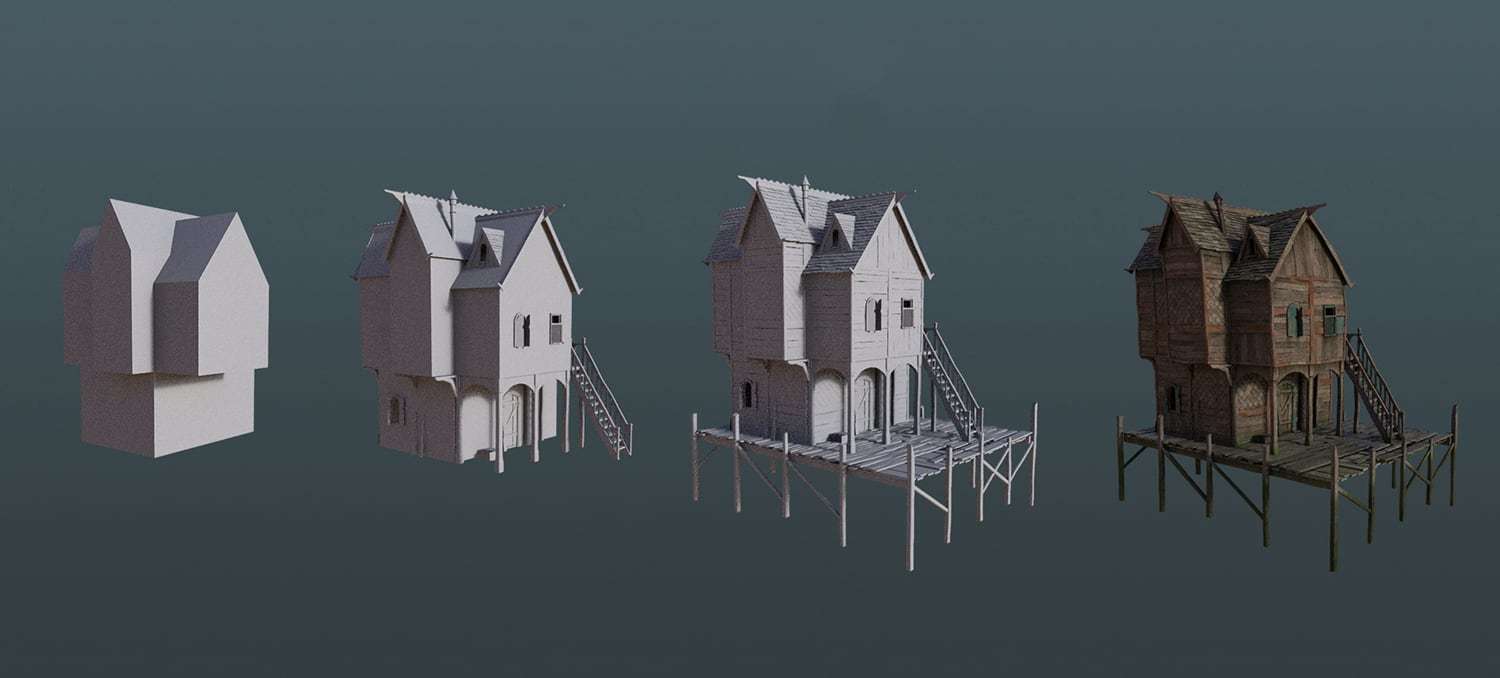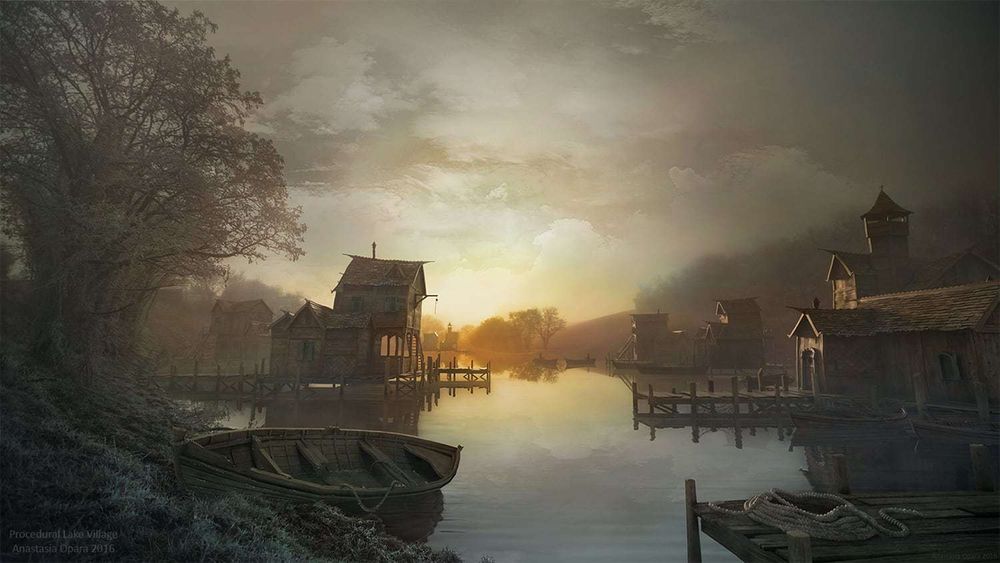
The Lake House Project
I’m deeply moved by cyclicity and layering of patterns in our life, and one of my ways to express it is through procedural art. I discovered procedural art during my studies at NHTV International Game Architecture and Design (now known as “Creative Media and Game Technologies”), and it has been my greatest passion since then. This year is my graduation, and now I’m finishing up an internship at EA Ghost Games as a procedural technical artist.
Introduction
The lake houses are fully procedural all the way from the silhouette to the final texturing. That means that the algorithm decides on everything: from what pattern to use and where windows should be to how to construct the roofs to fit together. This was a very unique technical challenge, as a lot of artistic processes are very tightly controlled without us realizing how we arrive at certain decisions. With this approach, I had to ultimately deconstruct my own perception of ‘art’ and the way I work.
I find the relation between computer and art fascinating. They might sound opposing, as we always think of “art” as a very “human” skill. However, I find it an intriguing challenge of translating what we believe art is into something computer understands. In that sense, the Lake House project was a testing ground for those ideas. My goal was to expand the limits of what is expected from a procedural content generation and discover whether it is possible for a “computer-made art” to look as good as human-made.
I envision a future where procedural is indistinguishable from human-made
My goal was to expand the limits of what is expected from a procedural content generation and discover whether it is possible for a “computer-made art” to look as good as human-made.
Inspirations
For the modelling and look development, I took a lot of ideas from medieval wooden constructions of both Slavic and Nordic origins.
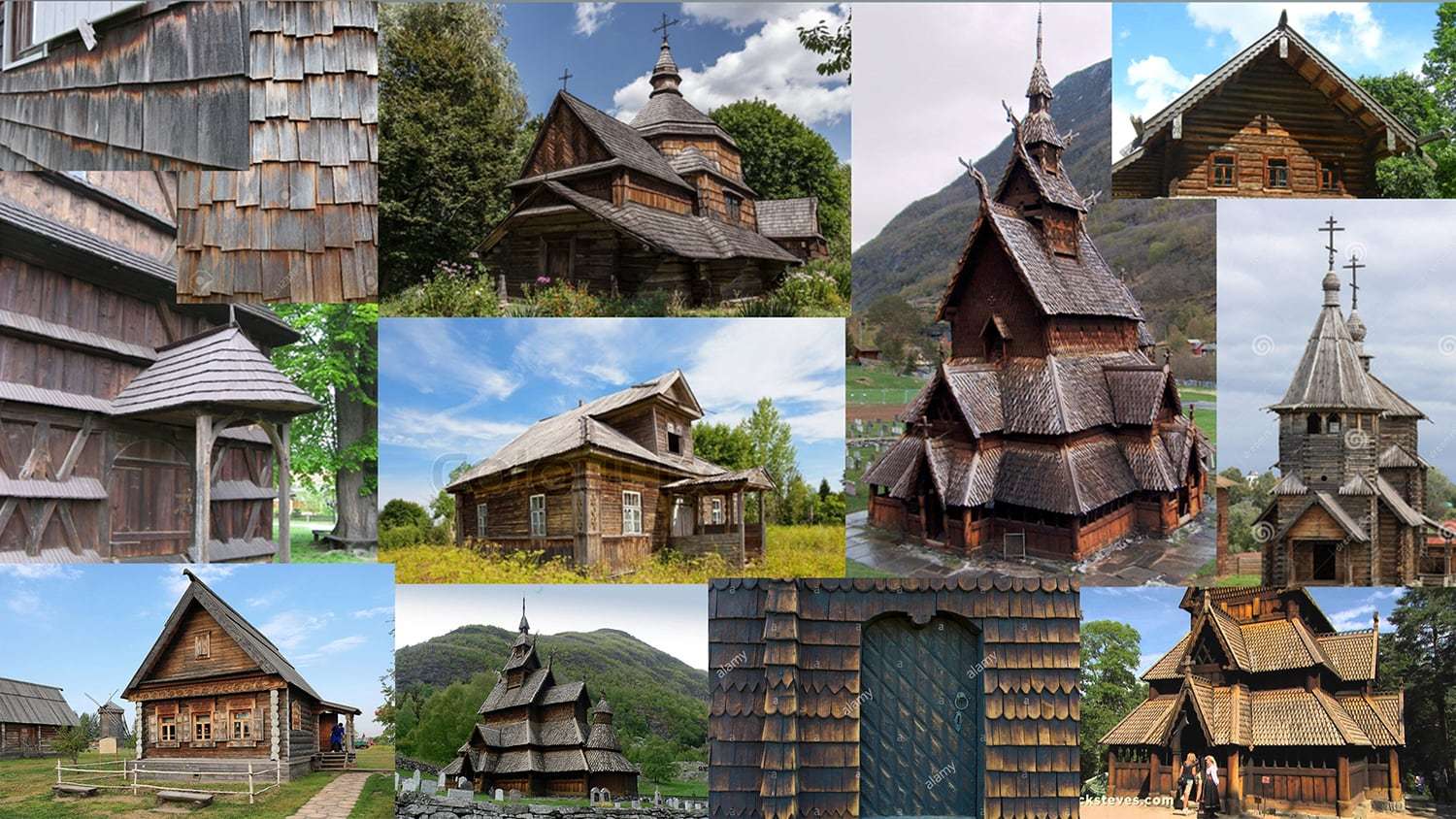
As for the mood, it was a blend of my personal impressions from a trip to the Southern France in the winter of 2015, when the whole land was covered with beautiful frost, and a thick fog was spilling over the hills and roads; and traditional Dutch landscape artists such as Jan van Goyen, Jan Vermeer van Haarlem, Charles Leickert and others, from who I took a lot of inspiration when it came to dealing with color and creating the final atmosphere.
Process
Most people probably do not directly register it, but we are great pattern recognition machines. We face a huge amount of data on daily basis and at a certain point, our brain starts to classify those into ‘stereotypes’ or ‘patterns’. And our brain is so good at ‘archiving’ and compressing that data that extracting the original information can be troublesome. In my opinion, that is one of the most intriguing parts of proceduralism.
Related Link: How to Make Awesome Gaming Assets using Substance Painter
With proceduralism, you have a blank slate, a machine with no knowledge of ‘art’, with no sense of ‘artistic’. Thus, the question becomes: “Can you decipher and break down to seizable understandable chunks what ‘appealing’, ‘good-looking’, ‘real’ ultimately is?” For me, this process resembles painting: first, you make very wide and general brush strokes and only then you start refining and adding details.
To give you an idea of a ‘general brush stroke’, here is a picture of one of the earliest stages, where I wanted to test the silhouette generation and how the algorithm would populate it with appropriate structures. With color, I simply marked various future elements, such as windows, doors and etc.
And these are the stages the lake houses went through in the end: from the silhouette generation to procedural modules placement, wood pattern construction and final texturing and shading. As you can see, we layer rules to give us a richer and more detailed look as a result.
Development
The project was in a prototype stage for almost half a year. I would try to snatch some scarce time for it during holidays, weekends or evenings, whenever I had time and mental power left. However, after pitching the project to the teachers and getting a green light to work on it full-time for 8 weeks as a school project, the Lake Houses just ‘bloomed’. First of all, I completely redid everything. Literally, from scratch. It doesn’t mean I haven’t used some ideas I developed previously, but the project was experiencing a ‘second life’. When I counted the hours, I spent 3 times more hours during those 8 weeks, than when doing it as a side project.
However, when it came to the final beauty image, I had no time left to create a full CG environment that would hold up to the quality of the houses (originally, I was planning to make it in UE4). Therefore, I decided to make a composited image, where I used my photo from France as a base.
Here is a breakdown of the process. It was an extremely fun task, and also a completely new experience. Overall, I’m very happy with the result.
Summary
Currently, I’m finishing up my internship at EA Ghost Games, preparing for the graduation and starting to work a new personal project with a fresh set of ideas, which build up on experience from the Lake Houses.
I envision a future where procedural is indistinguishable from human-made; where proceduralism is tightly connected with art direction and is capable of creative choices within the framework we give it.
Things always seem impossible until they are done. And that sensation of discovery, experimentation and novelty – that what steals my heart. That is a real life magic, in my opinion.


